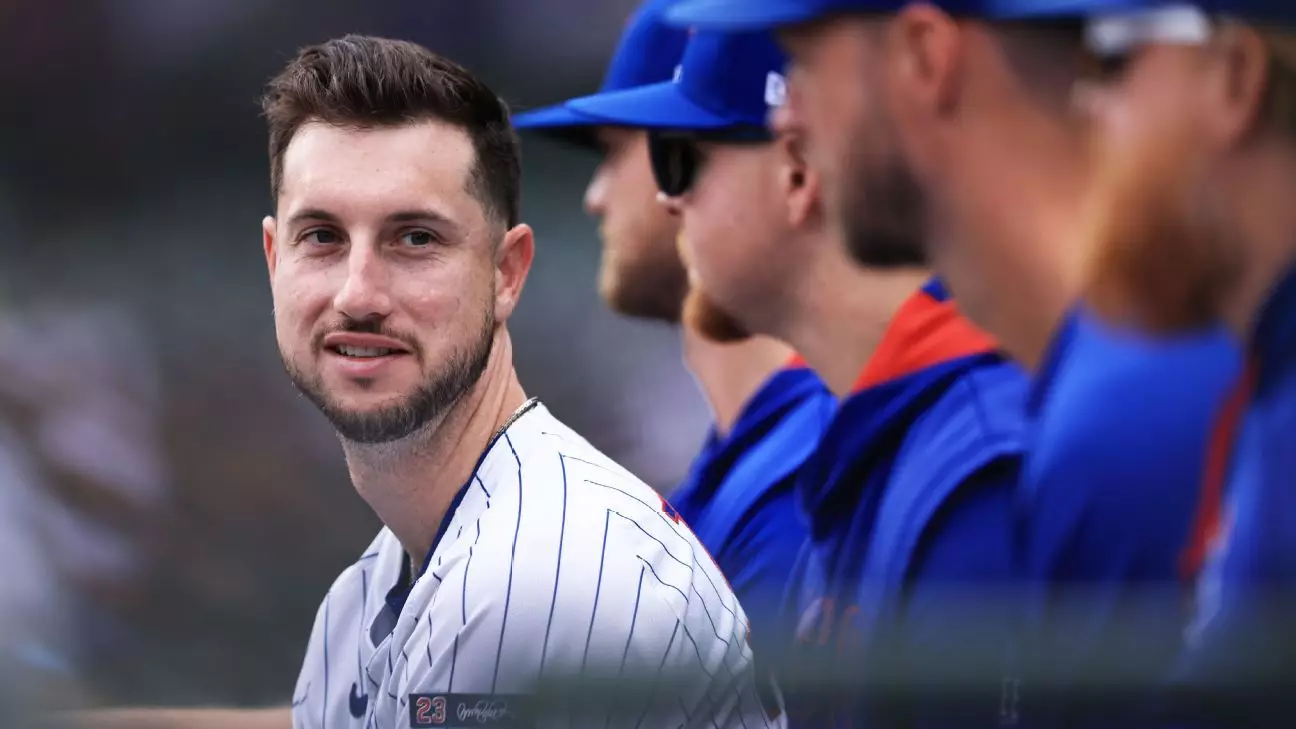In the world of professional baseball, physical injuries can easily be underestimated as mere inconveniences, yet their true impact often transcends the numbers on the scoreboard. Kyle Tucker’s journey this season exemplifies this reality. A promising star with elite offensive capabilities, Tucker’s performance suffered not just because of mechanical struggles or mental lapses but because of a seemingly minor yet complicating injury — a hairline fracture in his right hand. This injury, initially overlooked or misdiagnosed as a jammed finger, subtly began to erode Tucker’s consistency and confidence on the field.
What’s striking is Tucker’s refusal to use his injury as an excuse. Despite clear indications that his hand injury was limiting his effectiveness, he chose to soldier on, demonstrating a commendable level of grit and determination. However, resilience alone isn’t enough when the body’s physical limitations influence technique and mentality. The deterioration of his batting average and the increase in ground ball rate following mid-June turnover reveal the insidious effects an untreated or improperly managed injury can have on a player’s performance. Such instances underline the importance of listening to one’s body—something Tucker might have struggled with as he prioritized team and personal ambition over recovery.
The Hidden Cost of Small Injuries in Professional Sports
Tucker’s experience underscores a harsh truth about injuries in professional sports: small injuries can have outsized consequences. A fracture near the pinkie and ring finger might seem minor, but even a slight disruption in hand mechanics can significantly impair a batter’s ability to generate power, control, and timing at the plate. Tucker’s case echoes that of other athletes like Yordan Alvarez, who long-term hand injuries keep them from reaching their full potential. These injuries often linger quietly, subtly affecting mechanics before manifesting as poor results.
Furthermore, Tucker’s decision to delay a proper stint on the Injured List reflects a complex tension between athlete physical health and desire to contribute. Many players, especially those in high-stakes seasons, often push through discomfort, risking long-term damage for short-term gains. It’s easy to criticize from the sidelines, but within the context of sport’s culture, such perseverance is both admirable and potentially dangerous. Tucker’s eventual diagnosis and subsequent healing process serve as a cautionary tale about the importance of timely medical intervention, even when players are eager to stay on the field.
The Power and Pitfalls of Mental Fortitude
Convincing oneself that “I’m fine” may sound commendable, but it can be a double-edged sword. Tucker’s stance—that injuries aren’t impacting his performance—illustrates the internal struggle athletes face. The mind’s resilience often clashes with the body’s limitations. Overestimating one’s capacity can cause a player to ignore symptoms, resulting in more profound issues down the line.
What stands out in Tucker’s case is his conscious choice to perform despite injury — a testament to his mental toughness. But mental dedication cannot always compensate for physical setbacks. The high ground ball percentage and declining offensive stats reveal that his hand injury likely affected his swing mechanics. Such subtle but cumulative effects demonstrate that injury management isn’t solely about health; it’s also about safeguarding future performance and longevity.
The Road to Redemption and the Role of Strategic Rest
As Tucker takes necessary days off, the focus shifts to recovery and strategic planning. Rest isn’t a sign of weakness but a vital component of athletic sustainability. In Tucker’s case, these days off are more than just a breather; they are an investment into the potential of a player whose talents could be diminished if further mishandled.
This period of recalibration is an opportunity for Tucker to address the injury constructively, rebuild his mechanics, and regain confidence at the plate. For teams and organizations, such injuries highlight the importance of balancing short-term performance with long-term health. Chicago’s patience and support will be critical as Tucker aims to reclaim his form for the vital stretch of the season. Moreover, this situation sparks a broader conversation: how can teams better identify, treat, and prevent injuries that seem minor but have lasting effects?
In the end, Tucker’s story is a compelling reminder that perseverance must be paired with prudence. The true strength of an athlete isn’t just in pushing through adversity but knowing when to pause, reflect, and heal. With the right approach, Tucker can turn this season’s adversity into a stepping stone toward a more robust and resilient future, both for himself and the team that depends on his talents.

